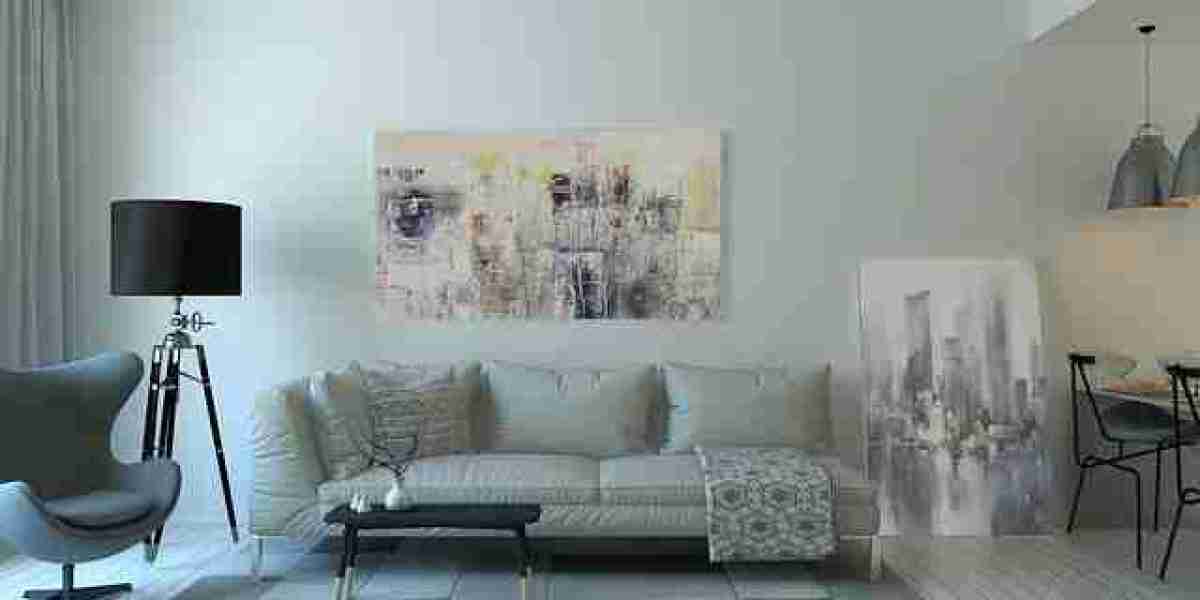When designing a home, most people focus on big elements like wall color, furniture, and lighting. But sometimes, it’s the smaller details—like mats and rugs—that can subtly and powerfully influence the way we feel in a space. From the colors that calm or energize us to textures that add comfort or elegance, entrance mats play a unique role in shaping the emotional and psychological atmosphere of your home. In this article, we explore the psychology of mats and how texture and color can transform your environment and enhance your well-being.
The Power of Color in Interior Design
How Color Influences Mood
Colors evoke emotional responses, and this applies as much to mats as it does to wall paint or decor. A mat's color can change the vibe of a room and affect how people feel in that space.
Warm colors (reds, oranges, yellows): Energizing, stimulating, and cozy
Cool colors (blues, greens, purples): Calming, relaxing, and refreshing
Neutrals (grays, beiges, whites): Sophisticated, clean, and versatile
Bold colors (black, navy, jewel tones): Dramatic, elegant, and grounding
Choosing Colors Based on Room Function
Living Room: Soft blues or greens for relaxation; warm tones for social energy
Bedroom: Cool tones like lavender or dusty rose for calm and serenity
Kitchen: Sunny yellows or cheerful oranges to stimulate appetite and conversation
Entryway: Earthy tones or deep neutrals for a welcoming, grounding effect
The Role of Texture in Emotional Comfort
Why Texture Matters
Texture affects both the visual and tactile experience of a space. A rough, scratchy mat sends a different message than a soft, plush one. Our brains interpret texture in terms of comfort, luxury, and even safety.
Common Mat Textures and Their Psychological Impact
Plush/Pile Mats: Cozy, warm, and inviting; often used in bedrooms or lounges
Woven or Braided Textures: Earthy and grounded; perfect for rustic or natural spaces
Sleek and Smooth Mats: Modern and sophisticated; ideal for minimalist interiors
Patterned Textures: Dynamic and energetic; great for creative or playful spaces
Multisensory Influence
Touch: A soft texture can soothe and comfort.
Sight: Textures catch light and create visual interest.
Sound: Thicker mats reduce noise, contributing to a calmer environment.
Combining Texture and Color for Emotional Effect
Creating a Cohesive Mood
Using both texture and color strategically can shape the emotional tone of a room:
Tranquil Retreat: Soft textures + cool colors (e.g., pale blue plush mat)
Creative Studio: Bold textures + vibrant colors (e.g., patterned wool mat in mustard yellow)
Grounded Minimalism: Smooth textures + neutral tones (e.g., taupe flat-weave mat)
Family Comfort Zone: Thick textures + warm colors (e.g., chunky knit mat in terra cotta)
Matching Your Personality
Your mat choices can also reflect personal style and identity:
Introverted personalities may prefer soft tones and subtle textures.
Extroverted personalities might gravitate toward bold colors and expressive patterns.
Psychological Zones: Using Mats to Define Space
Mats as Emotional Boundaries
Mats can define zones in open-plan living areas without walls, helping establish mood in each section:
Focus Zone: A muted, flat-weave mat under a desk to create mental clarity
Play Area: Bright, textured mat in a children’s corner to spark energy and fun
Meditation Space: Soft, neutral mat to foster calm and mindfulness
Transitioning Between Rooms
Mats can help ease emotional transitions from one space to another:
Use calming tones in the hallway to prepare for rest in the bedroom
Place energizing textures near exits to boost motivation as you leave the house
Tips for Selecting Mats That Influence Mood
Think About Purpose
Is the mat meant to energize or relax?
Should it signal a high-traffic or quiet area?
Consider Light and Room Size
Lighter colors and soft textures open up small spaces.
Darker colors and heavy textures ground large areas.
Layer for Depth
Layering mats adds complexity and a tactile experience.
Use a neutral base mat with a colorful top rug for versatility.
Stay Mindful of Overstimulation
Too many bold colors or busy textures can feel chaotic.
Balance high-impact mats with calming elements elsewhere in the room.
Conclusion
Mats are more than just functional accessories; they are powerful tools in shaping the psychological atmosphere of your home. By carefully choosing textures and colors that align with your emotional goals and personal style, you can craft spaces that not only look beautiful but also feel exactly the way you want. Whether you seek serenity, stimulation, or something in between, the right mat can guide your mood and elevate your home environment in subtle yet profound ways.









